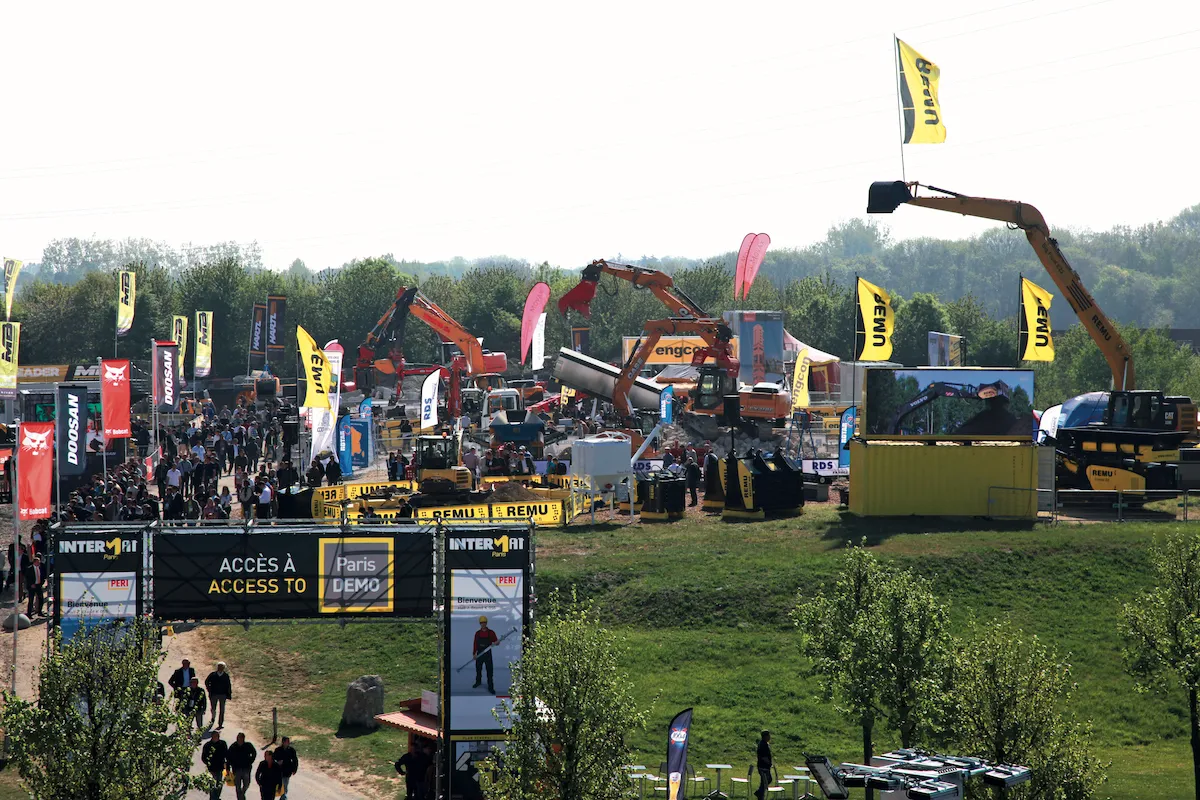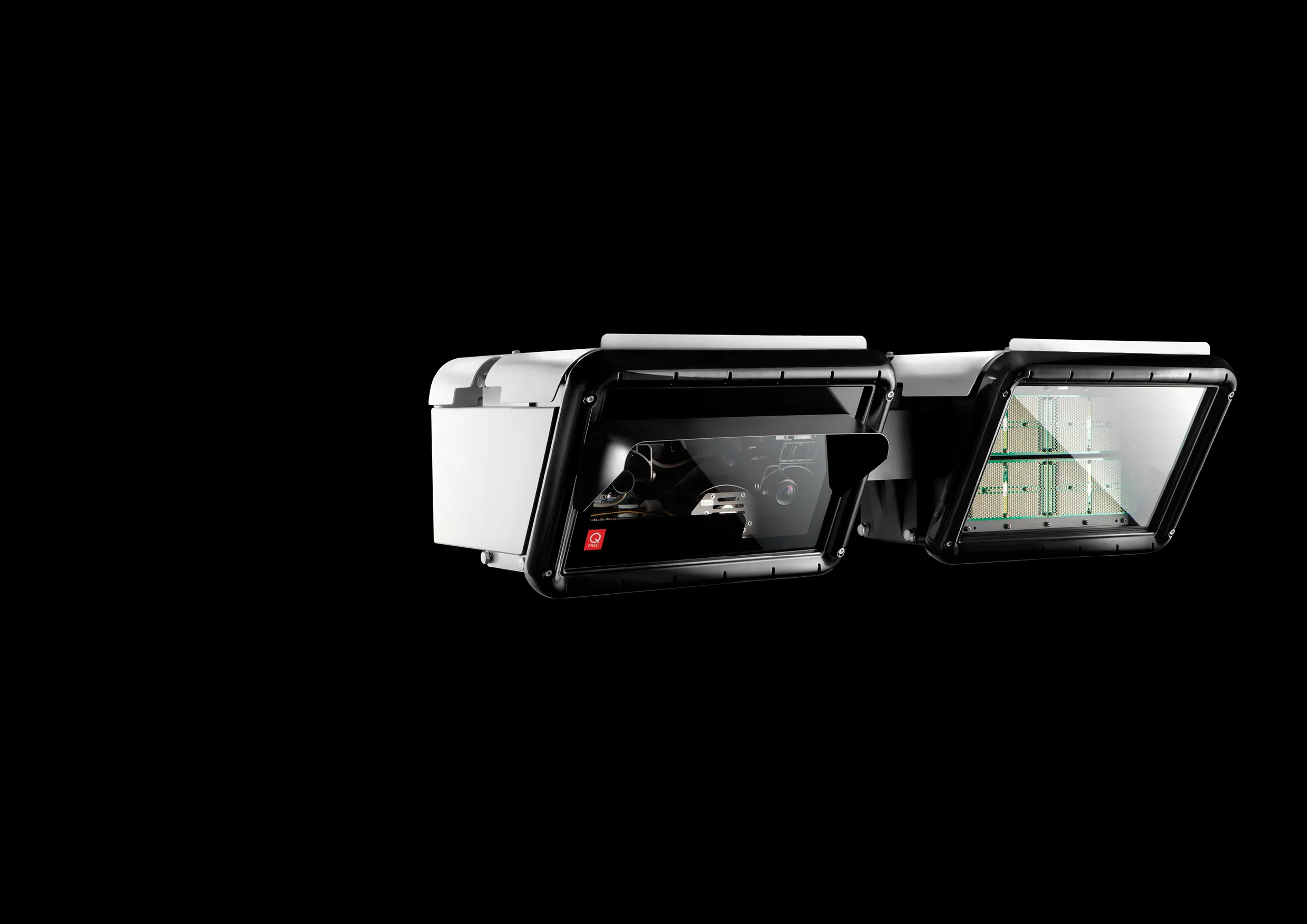8740 GKD Technologies has developed the SensorZone proximity warning system (PWS), which alerts thane operator when personnel are in dangerous proximity to the machine. The system is designed to reduce the risk of collisions between workers and construction machines. It operates using radio frequency identification detection (RFID), and provides vibration, audio and visual alerts to warn pedestrians and vehicle operators, when they are in danger of colliding with each other. Active RFID detection systems do not rely on line-of-sight and will detect personnel in spite of obstructions. Unlike passive camera or mirror based systems which require the drivers to continually monitor them the GKD SensorZone leaves the operator free to concentrate on using a machine.
All personnel on-site are issued with RFID tags. When the RFID tag wearer enters the detection zone the vehicle operator is alerted that there is an intrusion into the danger zone and takes the appropriate action. The person entering the zone receives warnings via the vibrating Tag, as well as audible and visual warnings mounted on the machine. Zones can be configured according to machine type and the zones can be set from 2-10m around the machine.










